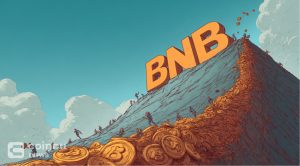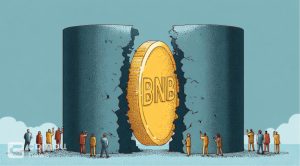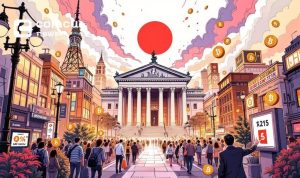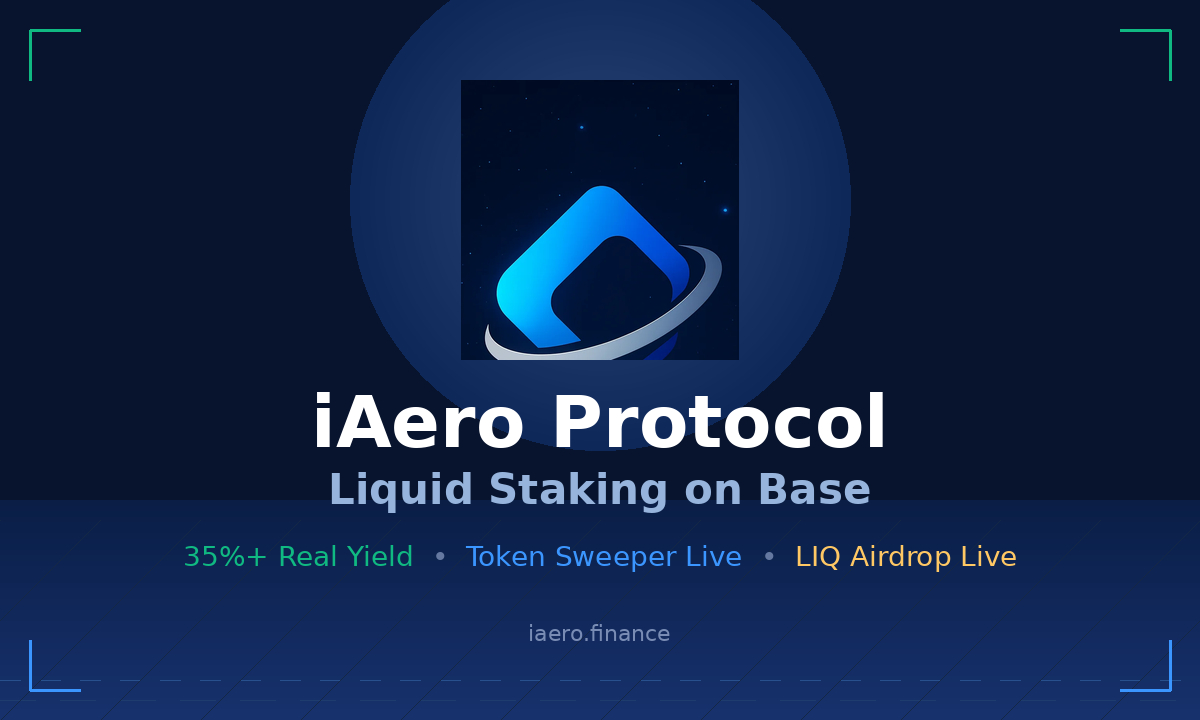BNB Greenfield, the new blockchain of BNB Chain, was presented with a white paper on the morning of February 2 on GitHub. This article will be an in-depth topic for project analysis.
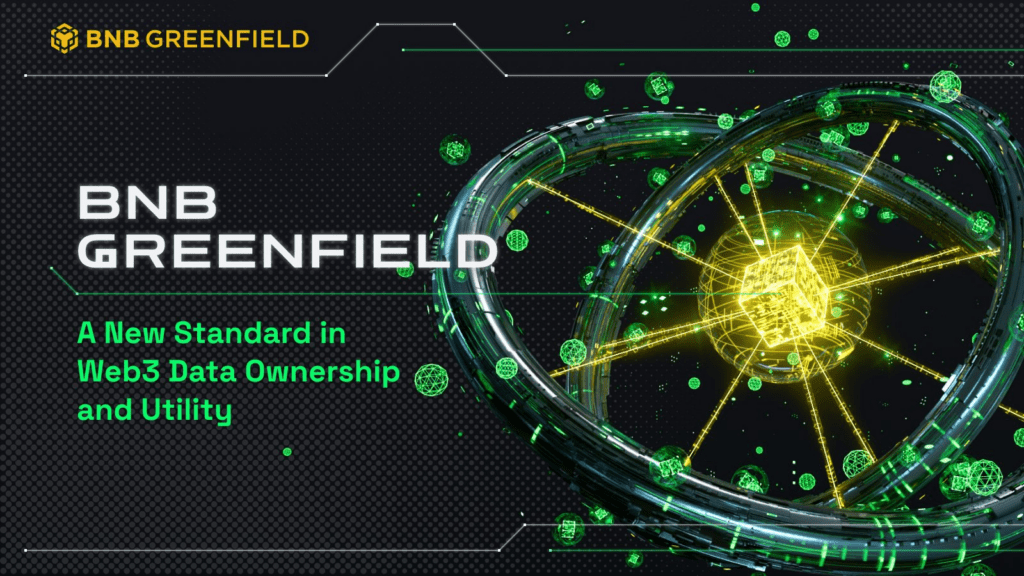
Data is the “oil” of the future world, and it is a valuable asset for any country and individual. The data storage business is an oil barrel floating on the sea. This oil barrel must be safe enough to carry the valuable data of users. At present, data leakage incidents frequently occur, which means that our data and privacy are like oil leaked from seawater, which is constantly threatened by flowing into the black market for resale, and once such leakage occurs, it is irreversible.
The story of decentralized storage is widely circulated. From Storj, the veteran level, and Filcoin, which was the first to serve as an incentive layer for IPFS, began to describe the star sea of FVM. Arweave provides permanent storage solutions for NFT creators.
Scenarios such as social networking and data retrieval open up a new situation. Pinata uses IPFS to store NFT on the chain, and EthStorage stores Layer 2 for the EVM public chain… Now, what new story does Greenfield, proposed by BNB Chain, have to tell? What about filling the gap in the decentralized storage puzzle?
Greenfield can directly undertake the vast traffic and blockchain data of the BNB Chain and does not need to rely on token incentives to complete the early networks launch like Filcoin and Arwave. The second is that it can be used as an expansion of the BNB Chain, and the storage industry that was originally outsourced can be incorporated into its own field, providing more empowerment for BNB. Let’s talk about the use cases of Greenfield:
Personal Cloud Storage
This function is to store some personal data, such as photos and videos, etc., Compared with Web2 Alibaba Cloud AWS, it is more anti-censorship. Compared with Web3 Fil AR, its threshold is lower. It needs to be added here why IPFS is more able to protect user privacy and resist censorship than Web2 cloud storage services.
In fact, after our data is stored on the centralized cloud service platform, our data security can only rely on the trust of this centralized platform. Our data is stored in several large centralized server rooms. Before the Tianjin fire almost caused the data of WeChat users to disappear overnight, and the downtime of Alibaba Cloud some time ago also proves that centralized cloud storage seems to be powerful, but in fact, it is not anti-fragile.
IPFS, on the other hand, divides the user’s data into fragments. A piece of user data will be distributed and stored on different storage miners, and the same data will be copied to multiple miners. No single machine can master the complete data, a miner’s data fragments are lost, and other miners still have storage backups. These different terminals are sufficiently dispersed to protect the user’s data privacy and data security to the greatest extent.
Therefore, decentralized data storage does not mean the disclosure of data, which is different from traditional blockchain technology.
Hosting and Deploying Websites
This is a function provided for developers, which can provide Web3 developers with a new option to build a decentralized front-end.
For example, Uniswap is a decentralized product, but its front end is still on a centralized server. Supervising Iron Fist has no way to stop Ethereum, but it can prohibit everyone from accessing its front end, which is why we need a decentralized front end reason.
Another example is that Nostr, which has become popular recently, is a decentralized front-end deployed on Flux Cloud, becoming a truly decentralized social network.
Of course, for Greenfield, this decentralization is relative decentralization, and the reasons will be explained below.
New Social Media Model
I think this is because BNB Chain wants to make its own SocialFi product, but the relevant information has not been disclosed yet.
Roughly guess, SocialFi needs three main functions for communication and social interaction: one is a P2P communication tool that can protect user privacy; Right, the third is to build a decentralized trading market and put the personal data mentioned in the second point on the market for trading.
Doing SocialFi first and doing storage also reflects the far-reaching thinking of Binance.
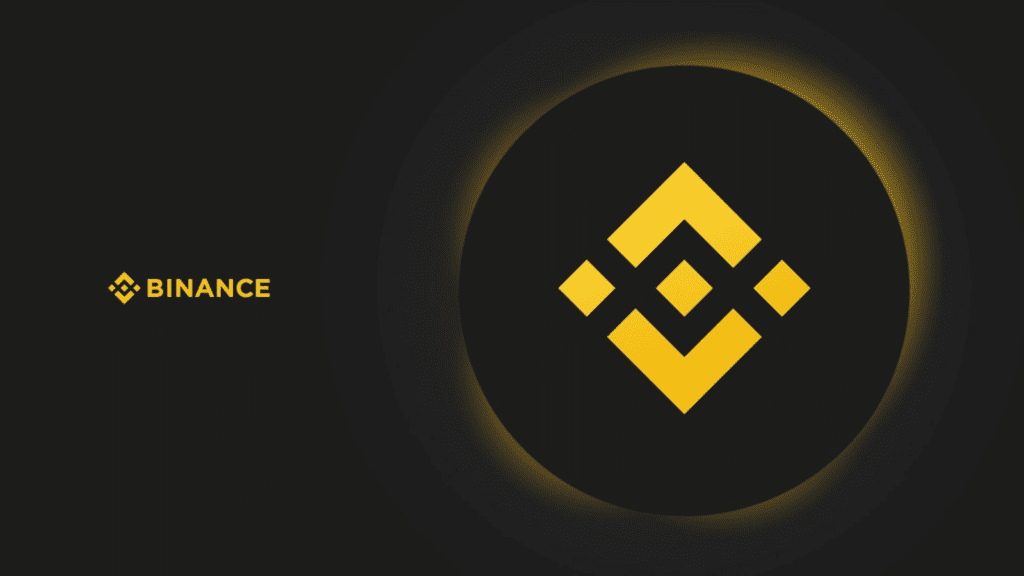
Storing Terabytes of Data from BNB Smart Chain and L2 Rollup Transactions
Everyone also knows that the single block chain guarantees decentralization and data authenticity and cannot be tampered with by replay, that is, all nodes repeatedly verify data, which generates a lot of redundant data.
Therefore, the non-core data such as the front end of the video picture mentioned above does not need to be uploaded to the chain, but put into the DSN (Decentralized Storage Network). As for the data that the blockchain runs, such as transactions, although there are not many, it will also limit the performance expansion of the blockchain.
There are two solutions. One is to improve hardware quality, such as increasing memory capacity and computing speed, so that a single node can calculate and store more tx, thereby increasing the capacity and computing speed of the entire node.
However, once the hardware performance requirements increase, there is no way to use consumer-level hardware for mining, such as GPUs. Once the hardware threshold is raised, the problem of centralization will arise. At this time, the mining machine dealers began to be ecstatic. There is no better business than selling shovels.
Another problem with the higher threshold of mining machines is that it increases the cost of miners, which is different from graphics card mining and mining with personal idle storage resources.
If there is not enough economic incentives, miners calculate the cost of hardware and electricity, and the profit and loss will become unbalanced. Stopping the operation of the nodes will lead to the downtime of the blockchain. If there is no real income to support the incentives of the miners, then for the user data on the chain, it will be a devastating blow for the miners to stop mining.
And from the perspective of the economic model, this matter is a reverse flywheel; the market becomes worse, the miners sell-off and the more locked up the market, the probability of the price of this project rising again is very small.
If there are too many incentives, inflation will also be great. Again, if there is no real agreement income, miners will have no way to obtain continuous income, and they will enter into an endless smashing, which will also cause the same result.
So obviously, the smaller the hardware requirements for a public storage chain, the more nodes it has, and the more decentralized it is, the more decentralized the project will be. The lowest threshold is to directly use the services of the centralized cloud server without mining machines. I have even heard of cases where I built my own server and used e-waste geographic arbitrage in some third-country countries. But in any case, lowering the threshold of storage performance is a development trend.
Greenfield said that at both ends of extreme decentralization (personal terminal hardware mining) and centralization (purchasing services such as AWS), it will develop towards extreme decentralization, that is, it will still be in the middle.
It is admitted that it is not decentralized enough, but at least miners, that is, SP (storage provider), have the freedom to choose whether to use AWS or Alibaba Cloud.
In addition to improving the quality of the full node, the second way to solve data redundancy is to use Rollup for off-chain storage and data processing. The key here is the sequencer of rollup. Instead of increasing the cost to improve the performance of the full node, it is better to take a roundabout way In this way, it only needs to increase the cost of the sequencer, and it will not affect the decentralization of the blockchain.
But the question is how to make people believe that the sequencer of rollup is decentralized and trustworthy?
Data Availability (DA) and Data Availability Sampling (DAS) are mentioned here, and I will open another thread for this part. All in all, Greenfield uses a set of validators’ economic incentives and slashing methods to solve the problem of data availability through random access sampling of data shards. That is to say, and Greenfield also hopes to be a DA of BNB Chain and other L2. There is a very interesting point here.

BNB Chain is EVM Compatible and can seamlessly cross-chain with BSC, which also means that it is fully compatible with Ethereum.
The current Filcoin and Arweave have poor interoperability with smart contracts. @EthStorage is the best chain on EVM Compatible. After all, it is a project that claims to be an Ethereum storage L2 project if Greenfield can do BNB Chain and Ethereum.
Let’s talk about the two most important roles in decentralized storage: SP and verifier.
SP Storage Provider is a miner, and this role also exists in Filcoin.
The mining mode of Greenfield is the same as that of Filcoin. SP mines by staking BNB. At the same time, Filcoin’s upgrade function Fil Plus is used to verify the authenticity and availability of data through verifiers. Miners who mine valid data make money, while miners who create redundant data lose money.
Another thing to look forward to is the lending business of BNB
Miners need to pledge BNB for mining, but this kind of pledge usually starts every year, and withdrawing from the pledge will be subject to very serious fines, which will greatly reduce the circulation rate of BNB. However, many miners cannot buy so many tokens for mining by themselves, so they can choose to pledge their future income for mining, or they can choose to pledge other tokens for lending, which is also an act of increasing leverage.
From the perspective of the single economic model of storage, we can see that the demand side of BNB has:
- SP-staking mining
- Costumer-pay data storage
- Investor-BNB is used as a store of value and can be lent to SP to earn interest.
The supply side
The issuance of BNB includes unlocking by investors, mining incentives for BNB Chain and Greenfield, salary payment by Binance, etc., depending on the distribution of tokens.
Migrate to the BNB that was lost by EIP1559 burn on the BNB Chain.
At present, the Greenfield chain does not have EIP1559. If burn BNB is required for user access and other operations like FVM, this destruction mechanism will increase FOMO.
These are actually the sea of stars in Filcoin’s blueprint, including FVM, online lending, owning Dapp, etc. Filcoin wants to do storage first and then smart contracts. On the other hand, BNBCHAIN has smart contracts and applications first, and then storage. This experiment will also answer the question of whether our storage and application came first, the chicken or the egg.
Next, why do you need to borrow money to store the public chain?
The public storage chain is most afraid of the death spiral, but the centralized storage can adjust the public price according to the price of hardware and energy, but the blockchain can only stop operation when miners strike in extreme market conditions. This is a huge blow to user data.
Then, in the relationship between the public chain and the miners, it is necessary to neither prevent the miners from making money nor allow the miners to make too much money. The interest rate on loans is the adjustment mechanism. This also involves whether the storage payment is currency-based or u-based.
If it is a currency standard, when the storage cost is too high, users will choose another DSN or go directly to AWS. Both user storage cost and miner mining cost are denominated in legal currency, which is a psychological valuation.
But the pledge and mining incentives can only be based on the currency standard. The exchange rate between tokens and fiat currencies also affects the basic market of the project.
Taking FIL as an example, when the price of FIL falls, the more FIL SP needs to store a storage contract with an equivalent dollar price, the more tokens are locked, and the supply side decreases.
Miners’ demand for FIL increases, and the interest on FIL in the lending market increases. Investors’ demand also increases, and the demand side increases. Token prices will also increase.
On the contrary, the price rises, the demand of miners decreases, the interest decreases, and the price falls in order to achieve stable and controllable prices.
DISCLAIMER: The Information on this website is provided as general market commentary and does not constitute investment advice. We encourage you to do your own research before investing.
Join us to keep track of news: https://linktr.ee/coincu
Harold
Coincu News







